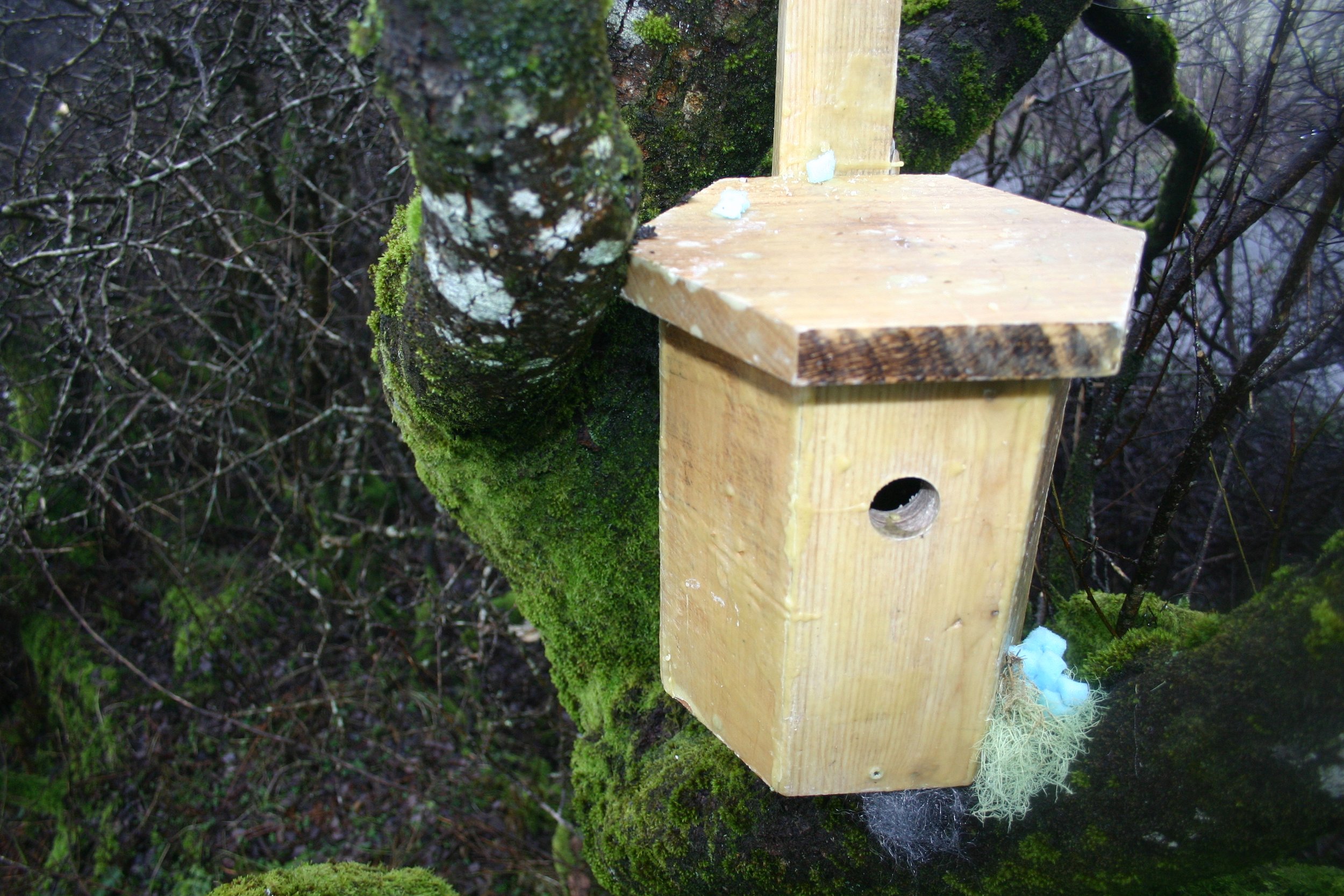






















My doctoral research in the Burren centered on the expansion and implementation of the ecological notion outside the traditional scientific investigation of ecology. I argued that the concept of ecology could be applied as a theoretical framework to analyze the function of an individual artwork. For me, addressing the ecology of an artwork meant examining the interdependence and interrelation of materials, the creation process, the intended concept and the finished artwork. Central to my initial investigation of the concept of ecology was the synthesis of the elements; specifically the use of organic materials to create sculpture that represented one aspect of humanity’s relationship to the natural world.
In order to experience, and not simply study ecology, it became necessary for me to engage and interact with the ecosystems and the biodiversity of life within the Burren. I wanted to create art that had a beneficial impact on my surrounding environment. More than that, I wanted to create art in conjunction with my surrounding environment. From this crystallization of my intention, I listed the aims of my enquiry to include the following: to examine current ecological concerns; to determine the issues that are within my power to change; to initiate accessible solutions that are relevant, meaningful and sustainable not only for myself but for others as well; to employ materials and processes in ways that exemplify my research; to create work that has impact within and outside of an art context. It was also critical that the process and final artwork should contribute solutions at a fundamental level of intervention. In these ways the enquiry’s focus on ecology was clarified.
As a sculptor, I became interested in the idea that I could potentially build or sculpt with animal species. Research into ecology, ecosystems and the biodiversity of the region revealed to me the importance of honeybees, Blue Tits and Great Tits. Importantly, these particular animals ‘build’ and do so within purpose built habitats, in this case nesting boxes and beehives. I realized the potential to collaborate with them inside these habitats in order to create sculpture and develop reciprocal relationships developed as part of my artistic practice.
For me, the work is a model for engaged and informed interaction with the natural world; one that is not one side or self-interested but that is sustainable and mutually beneficial. The work I created in the Burren is not necessarily a visual representation of the surrounding ecology. Rather, it is a reflection of humanity’s relationship to the more than human world; it is interconnected, interrelated, complex and continually evolving.